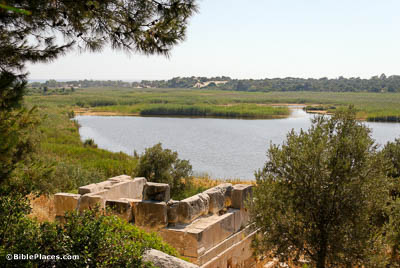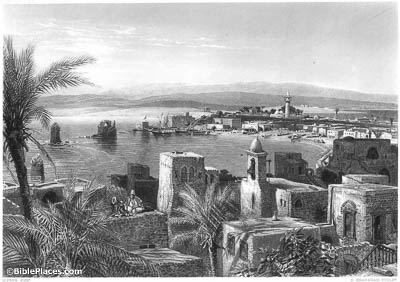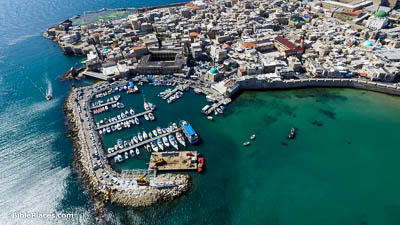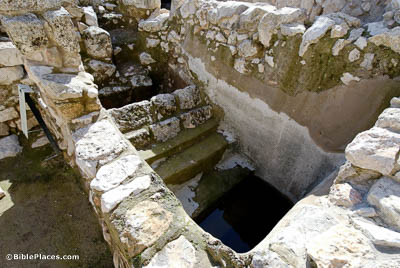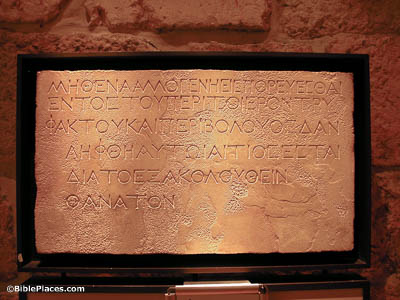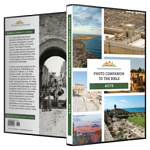We came by a straight course to Cos, and the next day to Rhodes, and from there to Patara (Acts 21:1).
Patara is located at the southeast coast of the Xanthos River Valley, where it was once the location of Lycia’s principal harbor. Patara was the port city for Xanthos, which rests about 6.5 miles (10.5 km) to the north, at the opposite end of the valley. Today the former harbor is marshland and is cut off from the sea by about a half mile (0.75 km) of white sand dunes. At Patara Paul and his companions changed ships, boarding a vessel heading for Tyre.
